Special Concert May 4–6 Celebrates Trebles in Paradise
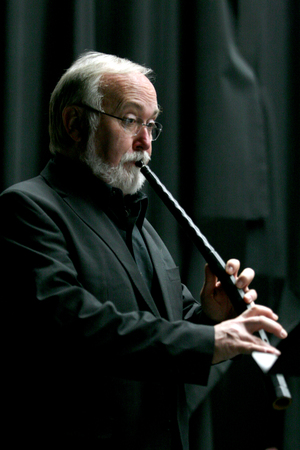 For many people, what first drew us to early music, what caught our minds’ ear, was the sonority of the instruments on which we heard the music performed. Whether it was the subtle delicacy of a lute or the raw power of a shawm band, they were new, strangely wonderful sounds, not just revelatory, paths of entry into understanding the music of another age, but uniquely beautiful in their own right.
For many people, what first drew us to early music, what caught our minds’ ear, was the sonority of the instruments on which we heard the music performed. Whether it was the subtle delicacy of a lute or the raw power of a shawm band, they were new, strangely wonderful sounds, not just revelatory, paths of entry into understanding the music of another age, but uniquely beautiful in their own right.
One of the most beautiful undoubtedly was the cornetto, which from about 1550–1650 was the most important treble wind instrument in Europe. It was considered closest to the human voice, the highest possible praise at a time when the voice was revered as the most perfect of all instruments. Mersenne compared the cornetto’s tone to a ray of light penetrating the darkness.
It is somewhat surprising, then, that an instrument of such importance was revived only within the past 40 years, but the cornetto proved extraordinarily difficult to master. It is largely thanks to one man, Bruce Dickey, that its technique was rediscovered (or reinvented) and that it now has been taught to a generation of students. Dickey, who retired last year after teaching for a quarter century at the Schola Cantorum Basiliensis, reintroduced the cornetto’s vast and glorious literature to the world, both through his historical brass quintet, Concerto Palatino, and as a soloist with many of the world’s great early music orchestras, choirs, and chamber ensembles.
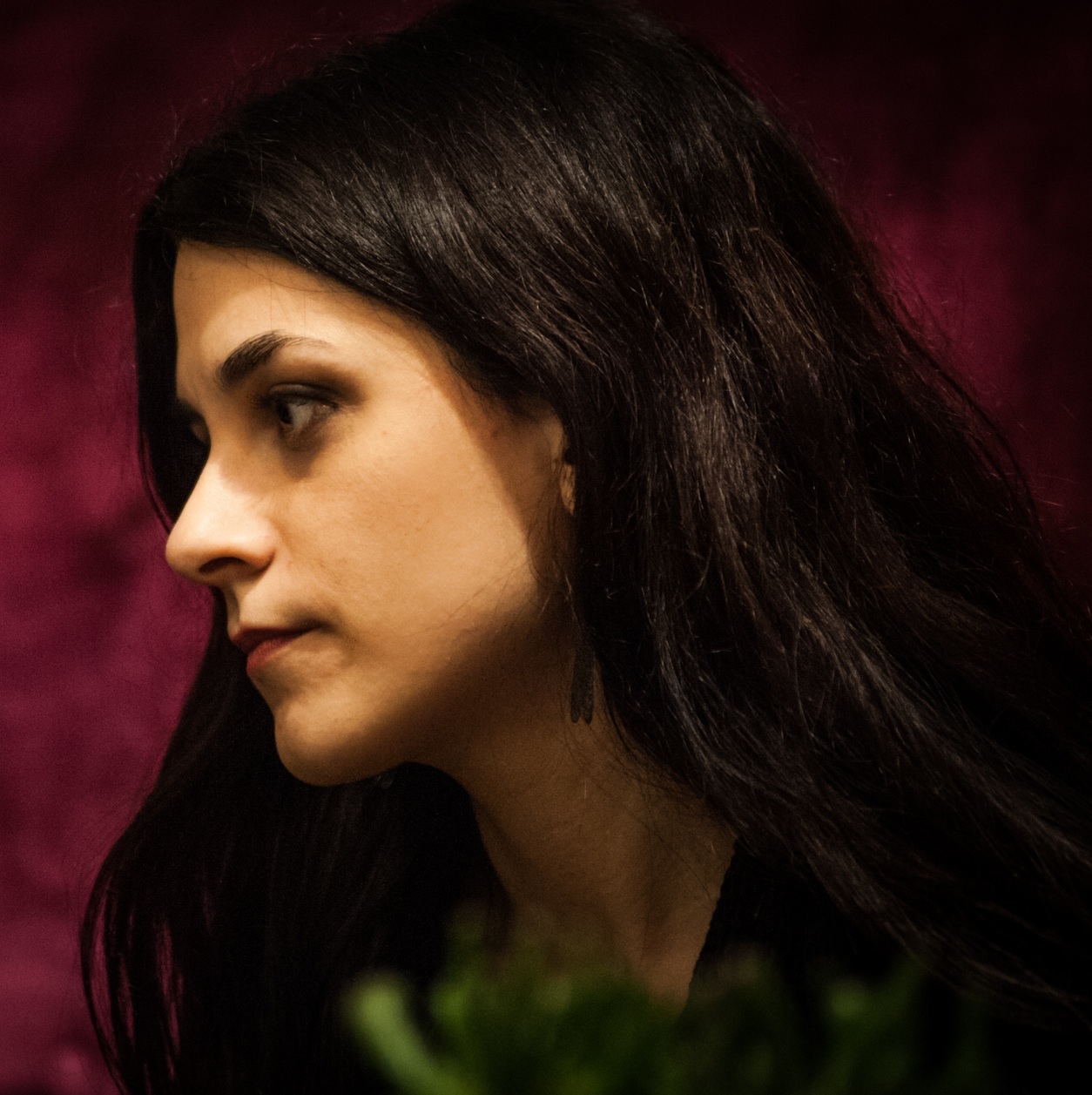 In this concert program, a special addendum to the regular SFEMS season the weekend of May 4–6, Bruce Dickey has taken his exploration of the cornetto’s “vocality” to another level, teaming up with soprano Hana Blažíková and an all-star ensemble (Ingrid Matthews and Tekla Cunningham, violin; Joanna Blendulf, viol; Michael Sponseller, organ & harpsichord; Stephen Stubbs, theorbo & guitar), to explore as intimately as possible, the direct interactions of instrument and voice. There is good historical precedent for such a program. In his famous memorandum to the Seville cathedral, Francisco Guerrero states that a cornetto might be substituted for an absent soprano singer, and certainly ensembles of the late Renaissance and early baroque often did mix cornetti with voices. The repertory includes early 17th-century motets and madrigals for voice and cornetto, as well as some rare, late 17th-century arias from operas and oratorios with obbligato parts written explicitly for the cornetto. Composers include Biagio Marini, Nicolò Corradini, Giovanni Battista Bassani, Giacomo Carissimi, Tarquinio Merula, Alessandro Scarlatti, and Maurizio Cazzati.
In this concert program, a special addendum to the regular SFEMS season the weekend of May 4–6, Bruce Dickey has taken his exploration of the cornetto’s “vocality” to another level, teaming up with soprano Hana Blažíková and an all-star ensemble (Ingrid Matthews and Tekla Cunningham, violin; Joanna Blendulf, viol; Michael Sponseller, organ & harpsichord; Stephen Stubbs, theorbo & guitar), to explore as intimately as possible, the direct interactions of instrument and voice. There is good historical precedent for such a program. In his famous memorandum to the Seville cathedral, Francisco Guerrero states that a cornetto might be substituted for an absent soprano singer, and certainly ensembles of the late Renaissance and early baroque often did mix cornetti with voices. The repertory includes early 17th-century motets and madrigals for voice and cornetto, as well as some rare, late 17th-century arias from operas and oratorios with obbligato parts written explicitly for the cornetto. Composers include Biagio Marini, Nicolò Corradini, Giovanni Battista Bassani, Giacomo Carissimi, Tarquinio Merula, Alessandro Scarlatti, and Maurizio Cazzati.
Bruce Dickey contributed these notes on the works to be performed at this remarkable concert.
* * *
In the sixteenth and seventeenth centuries, the cornetto was fabled for its remarkable ability to imitate the human voice. This concert is a celebration of the affinity of the cornetto and the human voice—an exploration of how they combine, converse and complement each other, whether responding in the manner of a dialogue or entwining as two equal partners in a musical texture. This perceived similary of the voice and the cornetto encompassed not only the instrument’s clear and bright sound timbre, but also its agility, expressive range, dynamic flexibility, and articulation, which could make it sound almost as though the player were speaking through his instrument. Our program, which puts this imitation center stage, is called “breathtaking” both because the voice and the cornetto literally make music with the breath, and because the imitation, we hope, can will literally take the listener’s breath away.
The Bolognese organist Maurizio Cazzati was an important, though controversial and sometimes polemical, figure in the musical life of his city. When he was appointed to the post of maestro di cappella at the basilica of San Petronio in the 1650s, he undertook a sweeping and brutal reform of the chapel, firing en masse all of the cornettists and trombonists, many of whom had given thirty or forty years of faithful service, and replacing them with violins and violoncelli. He was able, however, to attract excellent singers as well as string players to the basilica. His Regina coeli, from a collection of Marian antiphons published in 1667, alternates arioso-like sections with expressive accompanied recitatives, and demonstrates a virtuosity of vocal writing which is nearly instrumental in character. We could almost say that the imitation of the voice by the cornetto and the violin alternates with an imitation of instruments by the voice.
Nicolò Corradini was a Cremonese organist who held posts in a couple of religious institutions in Cremona, including the Cappella delle Laudi at the Cathedral, where he succeeded Tarquinio Merula. His concertato motets are of particular interest here because they include several examples with a high voice and a single high instrument, in this case cornetto. In his Spargite flores, the voice and the cornetto pass musical material back and forth in dialogue, with the instrument sometimes imitating and interweaving with the voice. Occasionally the cornetto elaborates the vocal figures, creating truly instrumental patterns.
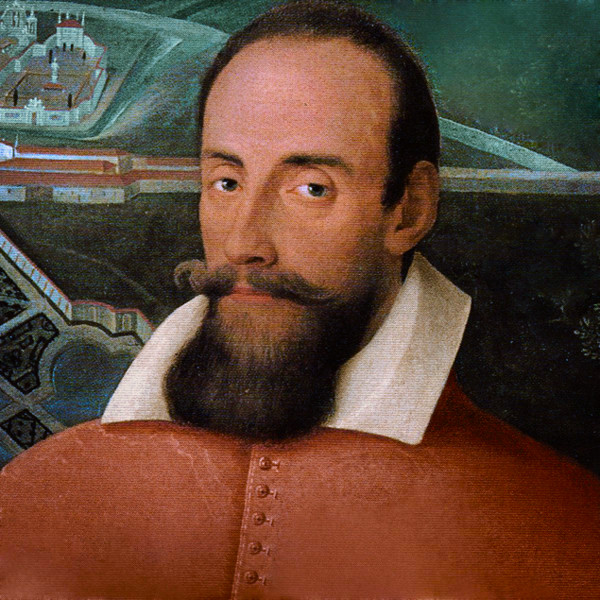
The almost total lack of biographical information about Sigismondo D’India has led to a great deal of speculation concerning his origins and training. He claims on one of his title pages to be of noble Sicilian birth. Indications point to connections with the circle surrounding Don Fabrizio Gesualdo, which included innovative composers such as Giovanni de Macque. D’India travelled extensively, holding positions in Turin, Modena and Rome. His monodies, for which he is primarily known, were said to be admired by Vittoria Archilei and Giulio Caccini, and he likely met Monteverdi in Mantua. We have selected a motet and a madrigal of his, both for two sopranos, because they allow the voice and the cornetto to entwine in expressive harmonies while giving the instrument an opportunity to imitate the words being sung.
The Cremonese organist and violinist Tarquinio Merula was one of the most skillful and innovative composers of his generation. Outside of his native city, he was active in Lodi and Bergamo (where he succeeded Alessandro Grandi), and for a certain time was organista di chiesa e di camera in the service of Sigismund III, King of Poland. In Cremona, Merula was three times named organist of the cathedral and maestro of the Cappella delle Laudi. His works, both vocal and instrumental, are characterized by graceful and humorous rhythmic and melodic turns and frequently demand considerable virtuosity from both singers and instrumentalists. His setting of Nigra sum, with its especially fresh and arresting opening figure, is no exception.
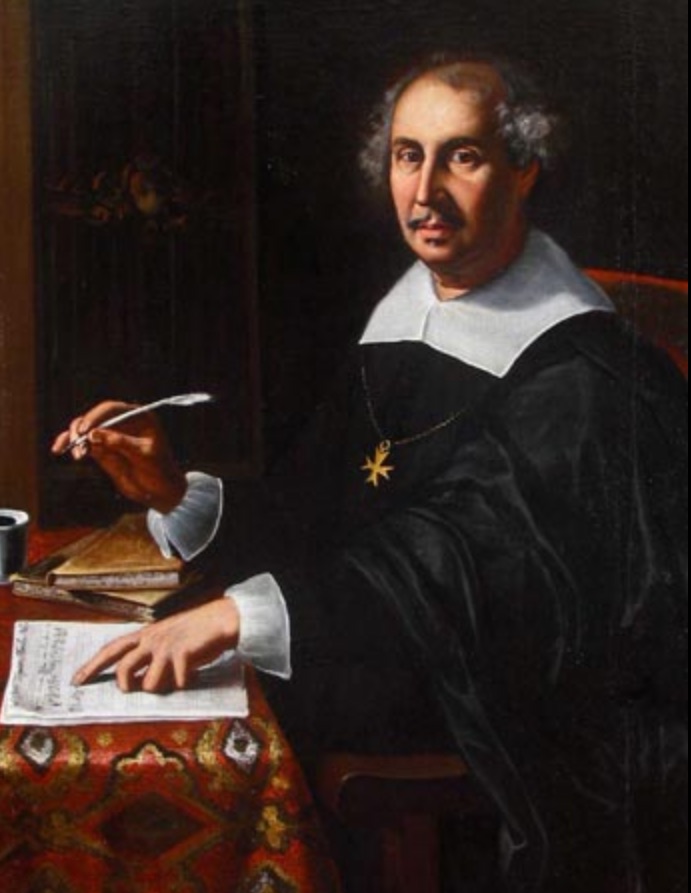
Giacomo Carissimi was the most important composer of motets and cantatas in mid-century Rome, and his influence spread rapidly to the rest of Europe. Summi regis puerpera is written for two sopranos and two violins. In our version, the cornetto takes over the role of one of the sopranos.
The sonatas on this concert are by three of the most important masters of the instrument in the 17th century. Biagio Marini is, together with Giovanni Battista Fontana, undoubtedly the most innovative composer for the violin in the first half of the Seicento, and his reputation as a violinst was considerable on both sides of the Alps. He held positions in his native Brescia, in Parma, at Saint Mark’s in Venice, as well as Milan, Vicenza and Bergamo. He also served as Kapellmeister at the Wittelsbach courts in Neuburg an die Donau and Düsseldorf. He was among the first to write solo pieces for violin (or cornetto) with a basso continuo and pioneered many violin techniques such as double and triple stopping, scordatura, and tremolo con la’arco. Giovanni Battista Bassani was one of the most celebrated violinists in the generation after Marini. He is said to have studied in Ferrara with Giovanni Legrenzi, and was held by some to be an even better player than Corelli. Burney, in particular, felt that no one before him had written so idiomatically for the violin.
“…Among the best, excellent”: this is the way Giovanni Battista Fontana is described on the title page of his posthumous collection of sonatas for one, two, and three instruments published in Venice in 1641. We owe nearly all of our biographical information about Fontana, and indeed the very existence of his sonatas, to Giovan Battista Reghino, maestro di cappella in 1641 of the Chiesa delle Grazie at Padua. It was to the Monastery of this church, presumably Fontana’s last place of employment, that he bequeathed his manuscripts upon his death, due probably to the plague, around 1630. According to Reghino, who wrote the dedication to the published collection, “Gio: Batista Fontana of Brescia was one of the most singular violin virtuosi of his age and was known as such not only in his native land but also in Venice, Rome and lastly in Padua…” The Sonata 11 a 2 on tonight’s program truly has one foot in the 16h and the other in the 17th centuries. Slow-moving Passages in long notes alternate with exuberant bursts of ornamentation which recall the written-out ornamentation examples of an earlier generation. The sonata carries the indication “per violino o cornetto” but it is not entirely clear whether this was Fontana’s preference or that of his editor.
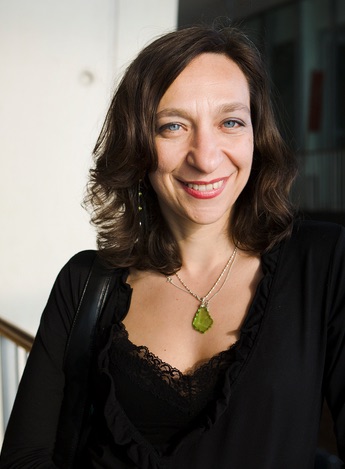
As a centerpiece for our program, we invited the Greek composer Calliope Tsoupaki to write a new work exploring the affinity of the cornetto and the voice. This new composition, which sets the Song of Songs text Nigra sum in Byzantine Greek (Mélena imí), is inspired by the 17th-century idea of a voice and a cornetto in dialogue. The composer has described the piece as a “serene antiphonal lyric moment” between the cornetto and the voice.
For many days in September of 1686, the city of Ferrara celebrated the defeat of the Turks in a great battle at Budapest. Prominent among the musical works performed in honor of the dead was the oratorio La Morte Delusa by the Paduan composer Giovanni Battista Bassani. Bassani, already maestro di cappella of the famous Accademia della Morte in Ferrara, attained the same position at the Ferrarese Cathedral in the year 1688, very likely as a result of the success two years earlier of his oratorio, standing as it did at the center of those important celebrations. Thus La Morte Delusa is not only of great historical interest for its connection to the Battle of Budapest, but also because it represents a high point in the musical output of a composer who, although relatively unknown today, was greatly celebrated by his contemporaries. At the time this music was written, the cornetto was already beginning its long slide into obsolescence, and yet Bassani gives great prominence to the instrument, prefacing each aria with a sinfonia in which the cornetto, accompanied by two violins and basso continuo, anticipates the melody to be sung. We have created a small suite of arias and sinfonie from this oratorio.
While the history of 17th-century Italian opera does not often involve the cornetto, Naples presented a surprising exception in the last decade of the century. Both Giovanni Bononcini and Alessandro Scarlatti included arias in a handful of operas with obbligati for the cornetto of extreme difficulty and displaying an unusually high tessitura. Among these is L’Emireno, o vero Il consiglio dell’ombra, composed by Scarlatti and first performed at the Teatro Bartolomeo in Naples in 1697. Though this opera survives in a Viennese manuscript bearing an attribution to Giacomo Antonio Perti, its true authorship was recognized as early as 1976. The existence of this cluster of operas in Naples in the last decade of the century leads to the intriguing question of who this late cornetto virtuoso may have been, a question we are not yet able to answer. From this opera we perform a selection of three arias including the cornetto, two of Rosinda and one of her lover Emireno. In the first Rosinda shares her lovelorn weeping with a nightingale, whose sound is evoked by the high cornetto.
* * *
SFEMS presents “Breathtaking” at 8:00 p.m., Friday, May 4, in St. Mark’s Lutheran Church, 1111 O’Farrell at Gough, San Francisco; 7:30 p.m., Saturday, May 5, at St. Mary Magdalen Church, 2005 Berryman St., Berkeley; and 4:00 p.m., Sunday, May 6, at Bing Concert Hall, Stanford University, 327 Lasuen St., Palo Alto.
Please note the unusual days, times, and venues for this concert. Note especially that the week days of the San Francisco and Palo Alto performances have been reversed and that Sunday’s performance is a co-presentation of Stanford Lively Arts. Tickets for this performance are only available directly from Stanford Live. (650-724-BING, 650-724-2464, www.live.stanford.edu). Tickets for the other two performances are available online at the SFEMS website or by phone at the SFEMS box office, 510-528-1725.












